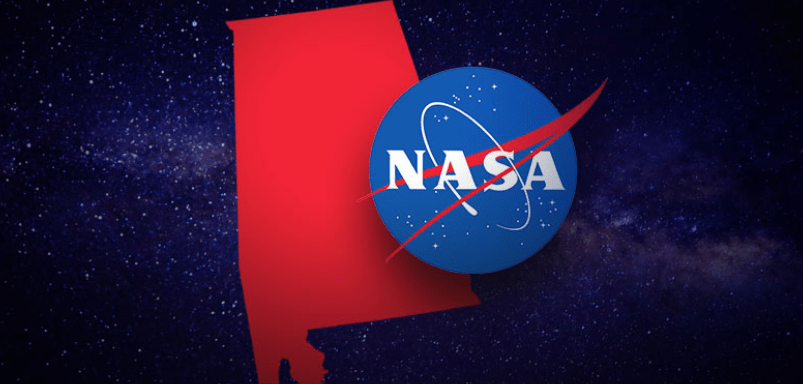
NASA’s Marshall Space Flight Center in Huntsville is expanding its partnership with the University of Alabama to collaborate on advanced and in-space manufacturing, a priority in the space agency’s efforts to take American astronauts back to the Moon and beyond.
The agreement aims to enhance inventive research assisting space exploration and strengthen the education of tomorrow’s aerospace workforce.
Marshall Director Jody Singer and UA President Stuart Bell signed a memorandum of understanding Wednesday in the university’s Rose Administration Building shortly before the Space Days at UA official kickoff.
In-space manufacturing includes making the materials needed for the mission using components brought from Earth or gathered from the moon or Mars. It could include additive manufacturing processes like 3-D printing with plastics, electronics or metals along with the capabilities to design and characterize the materials.
“Additive manufacturing is a rapidly evolving, disruptive technology,” Singer said. “As NASA continues to invest in in-space additive technology innovations, we welcome collaborations with industry and academia to develop these technologies.
“I applaud the University of Alabama for pursuing the development of advanced technologies that will help NASA achieve our mission.”
EXPANDING EXPERTISE
UA will enhance its core curriculum in areas of advanced and in-space manufacturing and foster new collaborations to further this emerging technology.
Areas of emphasis include modeling, analysis and simulation, data analytics, robotics, rendezvous and capture, navigation, advanced materials, on-site resource utilization, additive manufacturing, digital design, and manufacturing and construction.
“Our partnership with NASA is an important priority in our efforts to provide opportunities for our students and researchers to offer solutions to leading-edge challenges,” Bell said.
“Working to further in-space manufacturing will establish the University’s expertise in the area while training a skilled workforce our state can rely on to remain competitive in the global economy.”
Marshall has worked with UA through multiple Space Act Agreements since 2015. Through these agreements and other partnership mechanisms, NASA shares resources, personnel and expertise, facilities and equipment, and technology with UA to advance aerospace research or achieve mission goals.
Marshall has entered Space Act Agreements with numerous colleges, including in-state institutions Auburn University, Alabama A&M University in Huntsville and the University of North Alabama in Florence.
“NASA is actively partnering with universities and industry from across the country to leverage and accelerate technology development in key areas, especially areas that will make it possible to sustainably live and work on the lunar surface, achieving the Artemis vision,” Singer said.
Artemis is NASA’s path to the Moon and the next step in human exploration of our solar system. Through Artemis, NASA will land the first woman and next man on the Moon by 2024, assisted by innovative partners, technologies and systems.
NASA is investing in innovative in-space manufacturing technologies that will aid in developing the technological solutions needed to enable human missions to the Moon, Mars and other deep space destinations.

